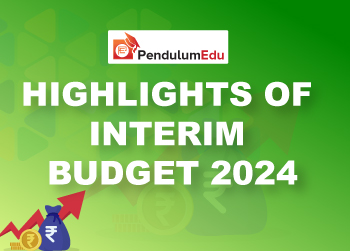Banking, Financial and Economic Awareness of 06 and 07 February 2020
1. How much percentage of their deposits should be currently kept by banks as Cash Reserve Ratio (CRR)? 2. What is the number of members in Monetary Policy Committee? 3. In January 2020, IHS Markit India Services Business Activity index stood at 4. Which of the following has signed a deal to acquire 50% stake in solar projects of Adani Green Energy Ltd (AGEL)? 5. RBI has announced that it will start to publish Digital Payments Index (DPI) from Correct Answers: 1. B 2. C 3. A 4. D 5. D1. RBI provides Cash Reserve Ratio (CRR) exemption to banks
2. No change in repo rate, reverse repo rate, MSF rate and bank rate
3. India's services sector reaches seven-year high level
4. Total Gas & Power to acquire a stake in solar projects of AGEL
5. RBI to publish Digital Payments Index (DPI) and develop a framework for SRO for digital payments
Multiple Choice Questions (MCQs)
 Previous
Previous 
 Latest
Latest 








Comments